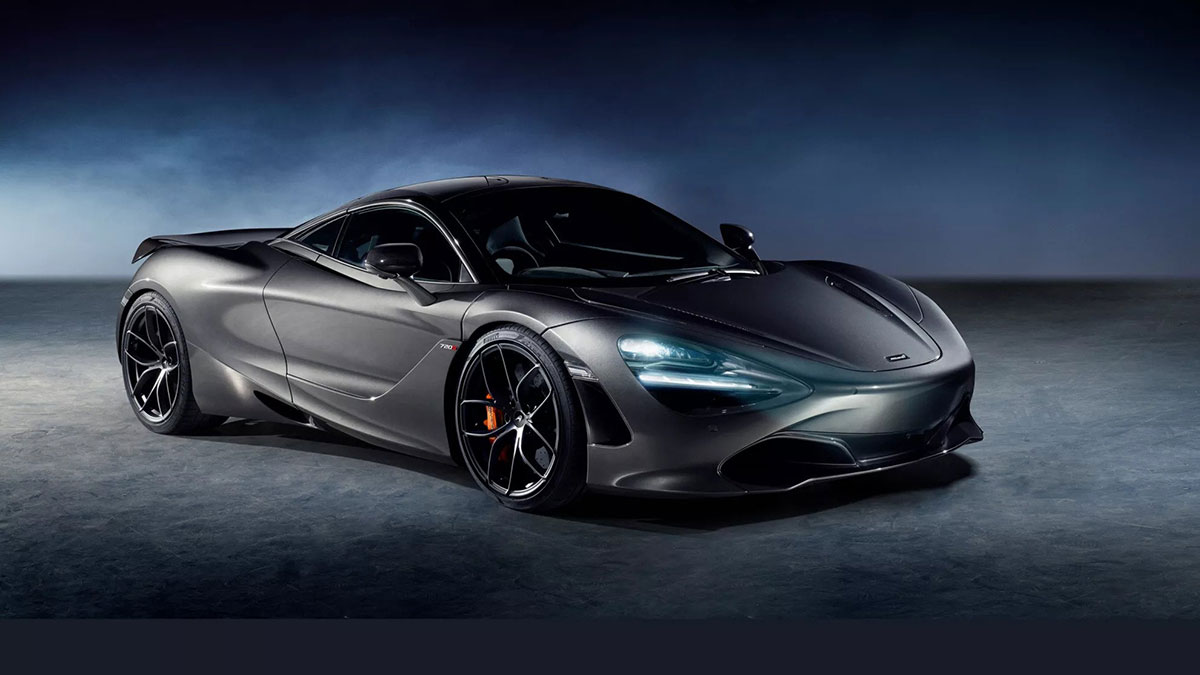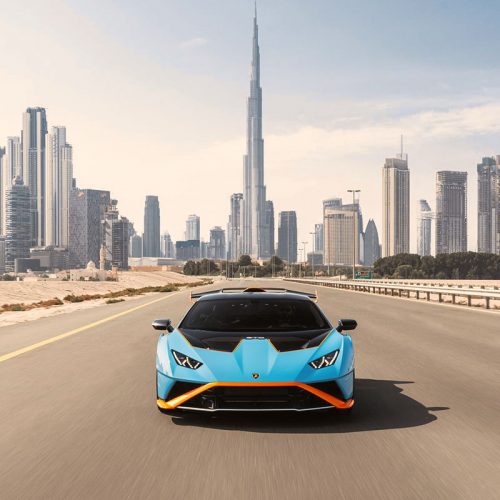
Step into the realm of automotive excellence, where speed becomes an art and innovation fuels style. We’re about to embark on a journey through the ever-evolving world of supercars and sports cars, where innovation knows no bounds.
Join Gear Up as we uncover the latest advancements revolutionizing these high-performance marvels, redefining our perception of automotive excellence. Welcome to a future where cutting-edge innovations transform the road.
Hybrid And Electric Powertrains
Supercars and sports cars are traditionally associated with gasoline engines and exhaust notes. However, in an era of growing environmental awareness, manufacturers increasingly adopt hybrid and electric powertrains in these high-performance vehicles. These cutting-edge powertrains not only enhance acceleration and handling but also contribute to a reduction in carbon emissions.
Porsche and McLaren were among the first brands to pioneer the charge towards electrification in the supercar realm. Their hybrid hypercars, the Porsche 918 Spyder and McLaren P1, demonstrated that electrification can amplify performance to previously unattainable levels.
As electric vehicle technology advanced, entirely electric sports cars entered the scene. Tesla’s Roadster was one of the first all-electric supercars, and it shook the automotive world with its jaw-dropping acceleration and futuristic design. This all-electric supercar challenged traditional supercar manufacturers to embrace electric powertrains.
Porsche, known for its legacy in high-performance sports cars, launched the Taycan, a fully electric sports car that defied conventional perceptions of electric vehicles. The Taycan combined Porsche’s legendary engineering prowess with electric technology, delivering sports car agility and acceleration without emissions.
It marked a significant milestone in the industry, proving that electrification was not only viable but thrilling.
Advanced Lightweight Materials
Supercar and sports car manufacturers constantly look for ways to improve performance, fuel efficiency, and handling. They use advanced lightweight materials, such as carbon fibre and aluminium.
Carbon fibre is solid yet lightweight, making it ideal for supercars and sports cars. Body panels, chassis components, and even interiors are now manufactured from carbon fibre to reduce the vehicle’s weight, improving power-to-weight ratio and handling.
Aluminum is another lightweight material, now used in supercars and sports cars. Solid and durable but less dense than steel, which can help reduce weight. Aluminium features heavily in chassis elements, suspension parts, and engine blocks.
Advanced lightweight materials significantly impact the performance of supercars and sports cars. By reducing weight, manufacturers can improve acceleration, handling, and fuel efficiency. It makes driving these vehicles even more exciting and helps them achieve higher performance.
Advanced Driver-Assistance Systems (ADAS)
Traditionally, high-performance cars are associated with raw power and exhilarating speed. However, there has been a growing focus on safety and convenience in recent years, with manufacturers integrating Advanced Driver-Assistance Systems (ADAS) into these vehicles.
One key ADAS feature in high-performance cars is adaptive cruise control (ACC). This system uses sensors, cameras, and radar to monitor the road ahead and automatically adjust the car’s speed to maintain a safe distance from the vehicle in front. ACC can be helpful for long drives or congested highways, as it can free the driver to focus on other tasks.
Another ADAS feature that is becoming increasingly common in high-performance cars is lane-keeping assist. This system uses cameras to track lane markings and gently steer the vehicle back into its lane if it begins to drift unintentionally. Such systems can help to prevent accidents and keep the driver focused on the road ahead.
Automatic emergency braking (AEB) is another crucial ADAS feature for high-performance cars. This system uses sensors to detect imminent collisions and, if necessary, apply the brakes autonomously to mitigate or prevent accidents. AEB can be a lifesaver in high-speed situations, as it can help prevent drivers from making mistakes that could lead to accidents.
Integrating ADAS in high-performance cars is a significant development that improves drivers’ safety and convenience. These systems are not only making cars safer, but they are also making them easier to drive, which can help drivers enjoy the thrill of speed without compromising safety.
Efficient Turbocharging
Efficient turbocharging is a technology employed in sports cars to enhance power and fuel efficiency. At its core, turbocharged engines force more air into cylinders, enabling smaller, more fuel-efficient engines to produce the power of larger ones. This approach boosts performance and helps meet fuel efficiency and emissions standards.
Sports cars are renowned for their high-performance capabilities, including rapid acceleration and top speeds. Turbocharged engines are well-suited for sports cars as they substantially increase power, which allows even smaller engines to deliver the thrilling performance expected from sports cars.
To further enhance efficiency, twin-turbocharging is often employed, utilizing two turbochargers for a broader power band. Electrically assisted turbochargers reduce turbo lag by combining exhaust-driven turbocharging with an electric motor, ensuring immediate power delivery during acceleration. Variable geometry turbochargers optimize performance at different engine speeds, enhancing power and efficiency.
Efficient turbocharging enables sports cars to adhere to stricter fuel efficiency and emissions standards without sacrificing performance. Smaller, turbocharged engines consume less fuel during everyday driving, contributing to reduced carbon emissions. This technology evolution in sports cars achieves a balance between exhilarating performance and environmental responsibility.
Final Thoughts
As we stand at the crossroads of automotive excellence, one thing remains certain: the passion for high-performance vehicles continues to drive us forward. The future promises even more exciting innovations, where speed, style, and groundbreaking technology will again converge to redefine the essence of automotive excellence. Supercars and sports cars have evolved through groundbreaking advancements that redefine our expectations of high-performance vehicles.

